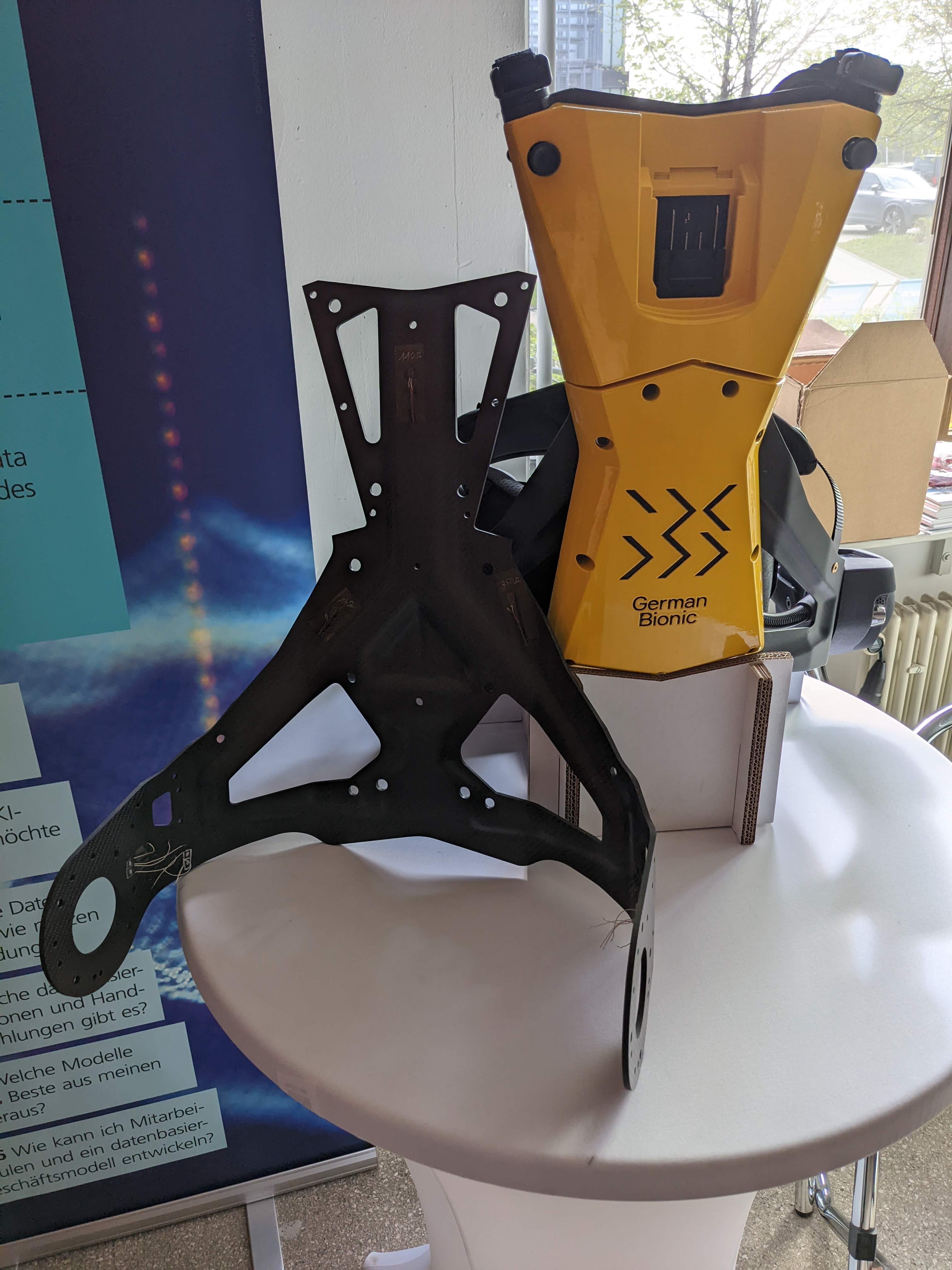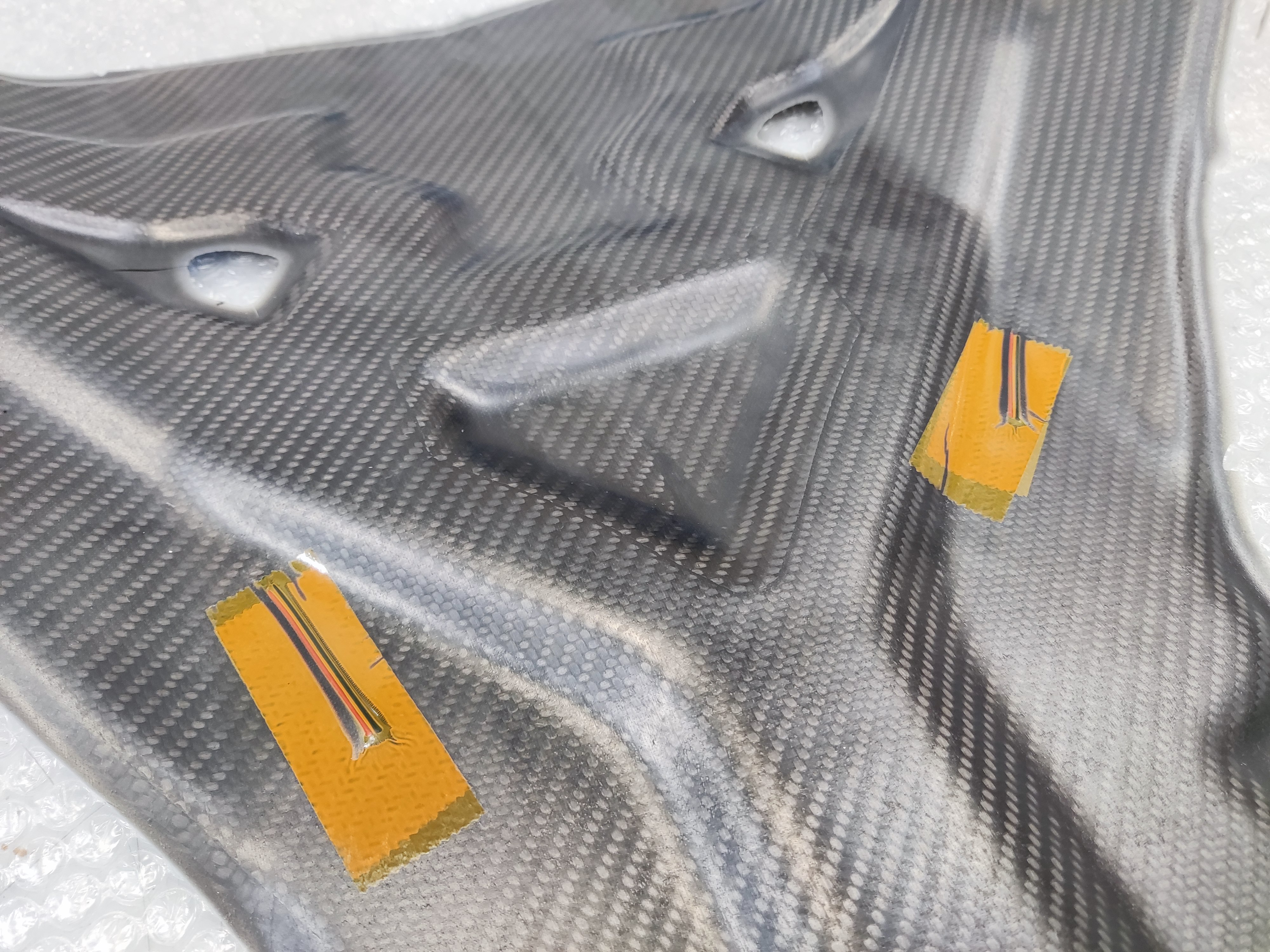The future of human-machine interaction
Supportive exoskeletons have shown their suitability in many application areas in recent years and have thus steadily gained in importance. However, most systems are only very limited adaptive and the support is only roughly based on the needs of the demand groups. This is mostly due to an insufficient amount of available information to accurately assess the individual-specific load situation and carrier structure. Access to this data is only possible via cost-intensive and time-consuming retrofitting of the exoskeletons. In the "Sentinel" project, the foundations are therefore being laid for the economical integration and evaluation of sensors in CFRP-based human-machine systems.

